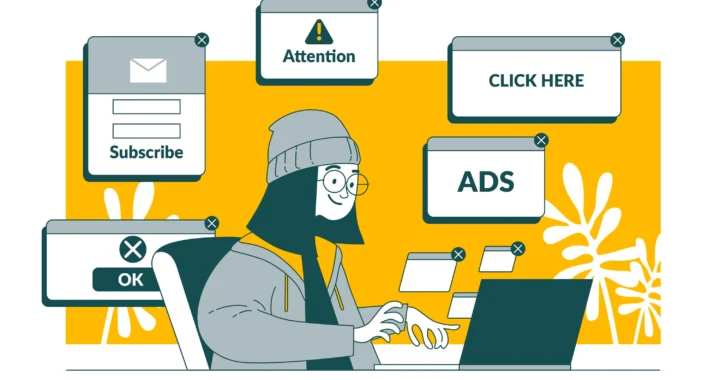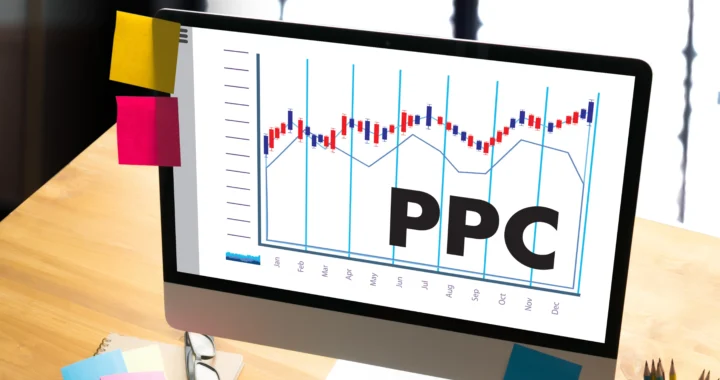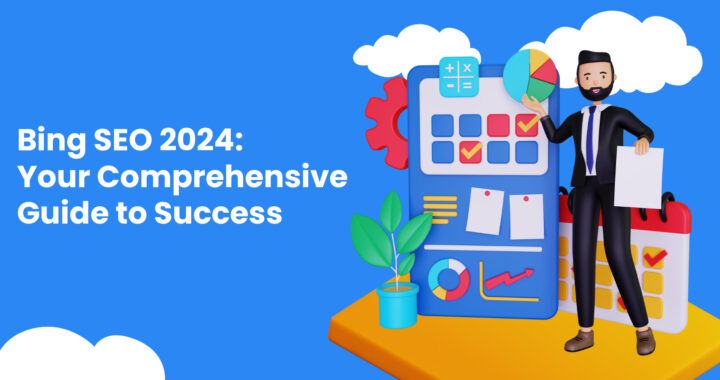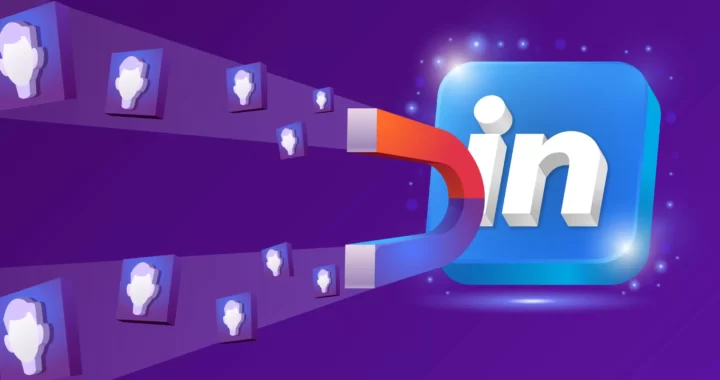Google is more than just a search engine; it offers various tools to help businesses online. One key tool is Google Ads, an online advertising platform that helps businesses promote their products and services to specific audiences.
Using Google Ads has big benefits. You can target your ads precisely at certain groups, like by age and gender. Plus, you can use information about what people search for and their past interactions with your brand.
But the challenge isn’t just getting your ads in front of people—it’s getting them to click. That’s why it’s crucial to write ads that grab attention and persuade people to click. This blog post shows you how to write effective Google Ads that get clicks, boost sales, and make your ads work better.
What is Google Ad Copy?
Google Ad Copy is the text that appears within your effective Google Ads. It’s the message you want to convey to your audience to encourage them to click on your ad. This copy typically includes a headline, description, and URL, and it needs to be concise and compelling.
The goal is to attract the attention of potential customers, highlight the benefits of your products or services, and ultimately persuade them to take action, such as visiting your website or making a purchase. Effective Google Ads copy is tailored to the target audience, incorporates relevant keywords, and provides a clear call to action to drive engagement and conversions.
Headline
Display URL
Description
How to write effective Google Ads copy that drives results | Best Practices
Use keywords that match what people are searching for.
One important tip for writing effective Google Ads copy is to use keywords that align with what users are searching for. By mirroring phrases similar to their search queries, you signal to them that they’ve found what they’re looking for. This method helps to establish relevance and capture their interest.
When creating effective Google Ads, it’s essential to understand that users often enter specific keywords or phrases into the search bar when looking for information, products, or services.
The advice to “use keywords that match what people are searching for” suggests tailoring your ad copy to include terms similar to those used by potential customers in their search queries.
You can use various tools and strategies to find relevant keywords for your Google Ads campaign.
Google Keyword Planner: This tool, offered by Google Ads, helps you discover new keywords related to your product or service. It provides insights into search volume, competition, and estimated bids.
Google Search Console: This tool shows you the actual search terms that people use to find your website. It helps you understand how users currently discover your content.
Competitor Analysis: Analysing your competitors’ websites can provide insights into the keywords they are targeting. While you shouldn’t directly copy their strategy, it can inspire relevant terms for your campaign.
Use assets (formerly “ad extensions”)
Assets, formerly called ad extensions, are extra features that can be added to your effective Google ad. They offer more chances to attract potential customers with extra text and information.
There are different types of assets, each serving a specific purpose. While we won’t cover every type in detail, some generally useful ones for most businesses include site links, callouts, and structured snippets.
Site links: These are extra links displayed below your ad, guiding users to particular pages on your website. They improve the user experience by providing direct access to relevant content.
Generate multiple variations of your ad.
Your first ad draft might not always hit the mark. It’s essential to craft multiple versions to optimise your Google ad campaign.
In each ad, focus on showcasing the value of your product or service. Explain to your audience why they need what you offer and how it can improve their lives. Emphasising the positive outcomes of choosing your product or service is key.
When launching your ad campaign, try out different ad styles. This experimentation helps you identify the type of ad that connects best with your audience.
Use power words in your ad copy.
Address the emotions of your target audience.
For instance:
Anger: An ad addressing a common frustration or problem can spark anger, prompting viewers to take action to resolve the issue.
Suppose you’re promoting a time-saving app. Your ad highlights the frustration of wasting time on mundane tasks. Anger towards inefficiency can motivate users to explore your solution for a more efficient lifestyle.
Fear: Fear can motivate action. Ads highlighting potential risks or issues and offering a solution can encourage users to engage further.
Imagine you’re advertising a security software product. By emphasising the risks of online threats and the importance of protecting personal information, you can evoke a fear that encourages users to consider your product for enhanced security.
Disgust: Addressing something unpleasant and providing a solution can evoke disgust, prompting users to seek a resolution.
Avoid using generic sales language in your Google Ads.
The advice to steer clear of generic sales language in Google Ads comes from the understanding that users prefer ads offering specific benefits and creating genuine urgency.
Using generic sales phrases like “call us today,” without highlighting a clear benefit to the user, may not resonate effectively.
Instead of using generic language, focus on showcasing specific benefits your product or service provides. Users are more likely to engage with ads that directly address their needs or problems.
For time-sensitive offers or promotions, convey urgency with a clear reason. For example, instead of simply saying, “Call us today,” explain why immediate action is advantageous for the user.
Generic calls to action such as “sign up today” or “book today” may decrease engagement. Opt for more specific calls to action tailored to the user’s needs or interests. For example, “Book your diet plan today” or “Sign up for a limited free consultation.”
If your ad includes time-sensitive elements, clarify why urgency is important. Use phrases like “sale ends in 20 hours” and incorporate a countdown timer to visually highlight the limited time available. This makes the urgency more tangible and compelling for the user.
Ensure that your landing page stays relevant
Make sure your ad and landing page content match. For instance, if you’re advertising eco-friendly yoga mats for comfort and sustainability, ensure your landing page reflects the same message. People clicking on your ad expect to find those specific eco-friendly mats showcased.
Your landing page should echo the theme, wording, and visuals, emphasising comfort and sustainability.
If your landing page diverges into a general display of fitness products or discusses different types of yoga mats, it creates confusion. This disconnect might cause visitors to leave your site feeling disappointed.
Consistency is important for a seamless and satisfying user experience, so keep your message aligned across all touch points.
Enhance your display URL for better performance.
Improving your display URL can help get more clicks on your ads. Even though it can’t be clicked, it shows people where they’ll go if they click on the ad.
Use this chance to make your message or brand stronger, and put relevant words in the URL.
For example, if you sell dog food and want people to know, your URL could be “www.example.com/Dog-Food.” That way, people will know they’re going to a page just about dog food.
Let 10X Digital Group make your effective Google Ads better for more people to see! Making ads that people like is important for getting clicks and interest. With 10X Digital Group, you have a good team to help with online ads.
We’re here to make sure your ads get more attention and bring in more customers. If you want someone good to handle your Google Ads, just reach out for a chat.



